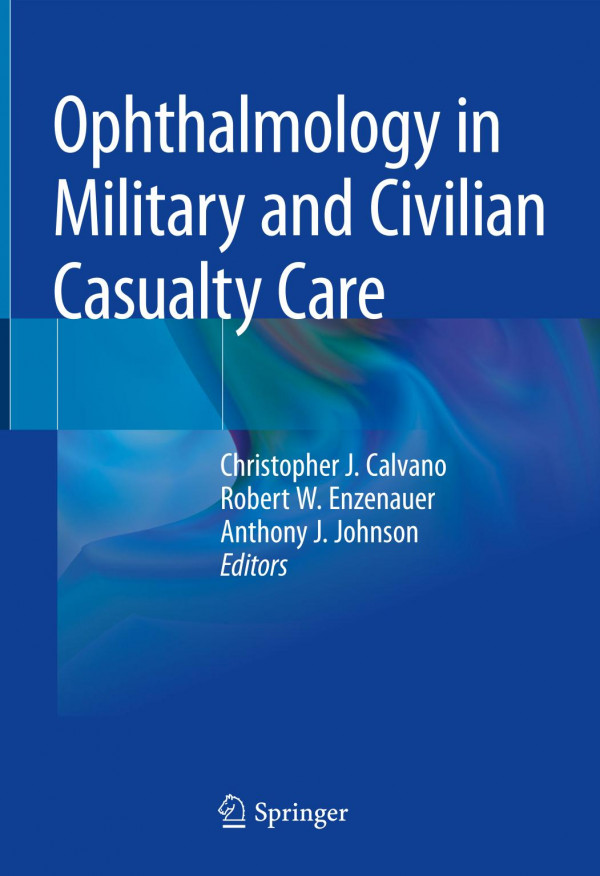

Most ebook files are in PDF format, so you can easily read them using various software such as Foxit Reader or directly on the Google Chrome browser.
Some ebook files are released by publishers in other formats such as .awz, .mobi, .epub, .fb2, etc. You may need to install specific software to read these formats on mobile/PC, such as Calibre.
Please read the tutorial at this link: https://ebookbell.com/faq
We offer FREE conversion to the popular formats you request; however, this may take some time. Therefore, right after payment, please email us, and we will try to provide the service as quickly as possible.
For some exceptional file formats or broken links (if any), please refrain from opening any disputes. Instead, email us first, and we will try to assist within a maximum of 6 hours.
EbookBell Team

4.1
50 reviewsTrauma to the eye and associated structures account for a significant number of combat-related injuries, and combat ocular trauma has steadily risen in frequency over the last century. Ophthalmology in Military and Civilian Casualty Care comprehensively examines the accommodations and modifications that must be made in order to treat such ocular traumas in a military setting.
Created by ophthalmology experts actively serving in the military at various levels, this book is designed to improve ophthalmic casualty outcomes across military settings. A history of military ophthalmology serves as the opening chapter, setting the stage for subsequent chapters examining the intricacies and advancements of damage control ophthalmology, prehospital care of combat eye injuries, neuro-ophthalmic manifestations of trauma, and further severe ocular conditions. Later chapters explore the preventative and proactive efforts to reduce and treat combat-related ocular trauma by developing “eye armor” for the American infantry and military-affiliated ophthalmic surgical missions. Complete with high-quality color illustrations and figures, this unique book will serve as an invaluable, practical reference for military physicians, military ophthalmologists, ophthalmology professors, residents, and fellows interested in combat medicine and eye trauma.